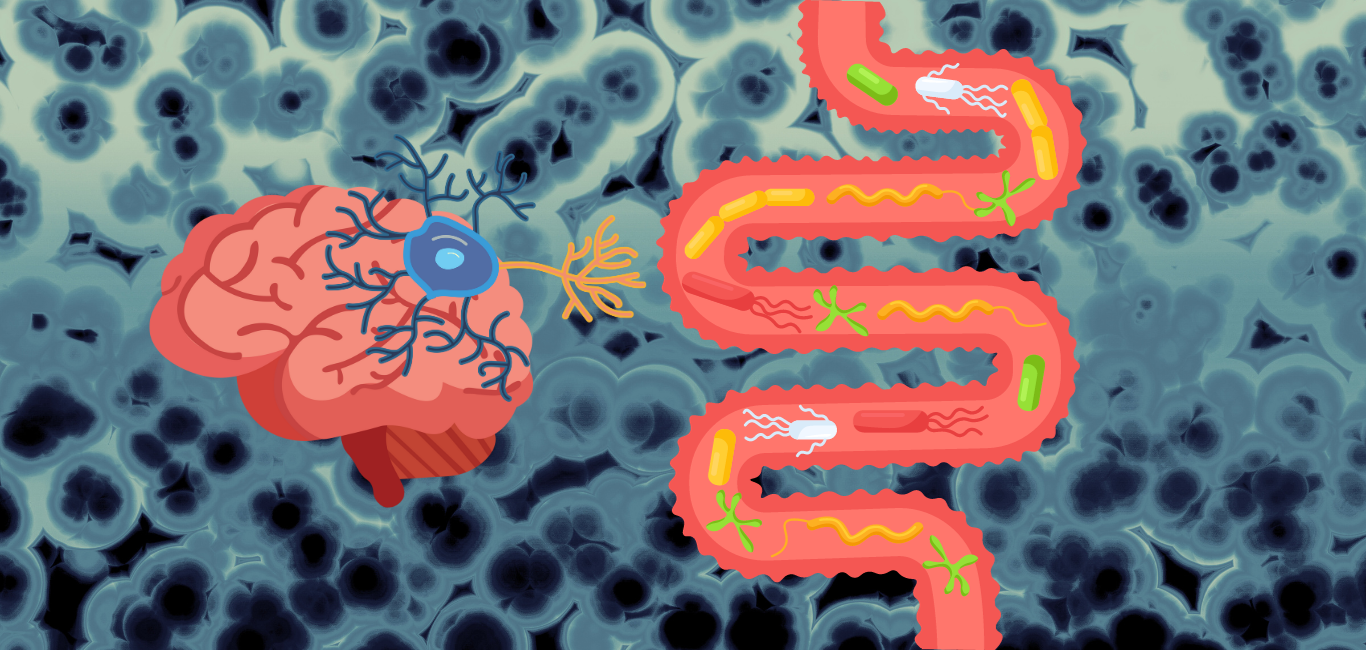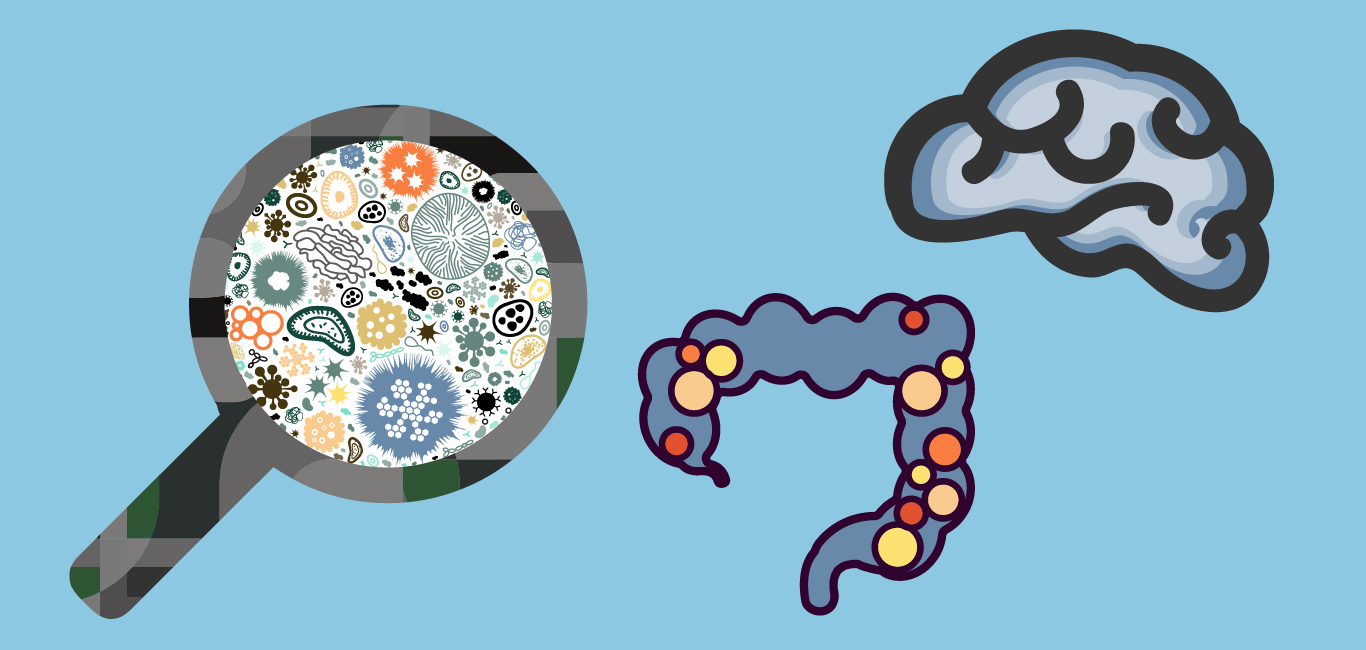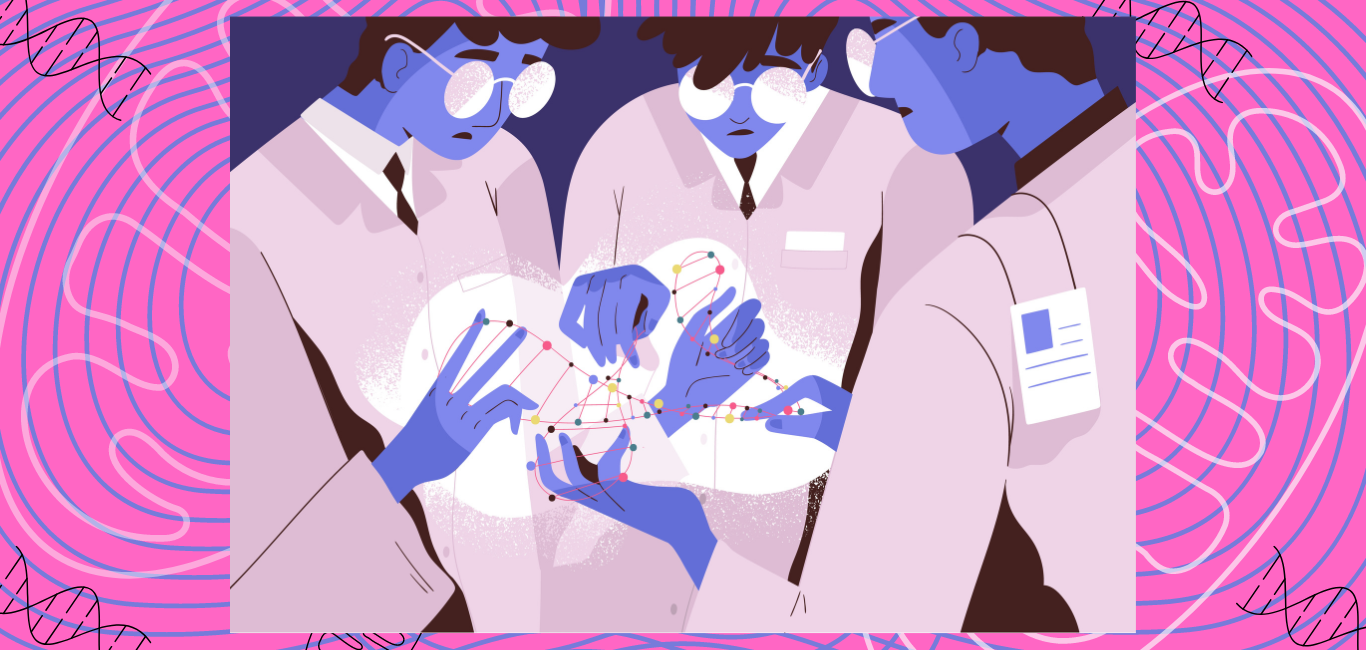
Alzheimer’s disease or AD is a common type of dementia that is estimated to affect one in ten people, and the numbers are increasing rapidly.
There is no known cure for Alzheimer’s and the symptoms are being managed by a few invasive and non-invasive techniques.
Ultrasound technology is one of the various non-invasive approaches scientists are exploring in treating Alzheimer’s and other neurological conditions.
AD is understood to be the result of an abnormal buildup of proteins such as beta-amyloid plaques and tau tangles. The proteins accumulate sequentially and form deposits in the brain. Additionally, there is inflammation in the neurons and dysfunction of the synapses — the neuron-neuron junctions.
Read more – Five stages of Alzheimer’s disease
The blood-brain barrier poses further hindrance by not allowing medicines to reduce inflammation or the protein accumulation to cross over. “Many cutting-edge technologies, like gene therapies and cell therapies, often require direct injection into the brain,” says Rechel Langford, head of science and research at NueroAudit, Israel.
However, such invasive methods pose challenges to safety and other issues. Research has found that non-invasive techniques can help slow the progression of Alzheimer’s disease and reduce beta-amyloid plaques in mouse models equally well. Non-invasive procedures do not require surgery and are cost-effective.
Beyond imaging
One such non-invasive technology is the ultrasound, which has popularly found its footing in screening organs and prenatal tests. As the name implies, an ultrasound uses high-frequency sound waves to create real-time pictures (called sonograms) of internal organs. These waves have frequencies above the audible range for humans (20,000 cycles per second).
Researchers are now harnessing these high-frequency sound waves to modulate brain activity.
“Focused ultrasound is a new technology that can help treat Alzheimer’s disease without surgery or radiation,” says Erez Saadon, head of research and development at NeuroAudit.
Precision targeting the skull
“Ultrasound beams can precisely target the human skull, making it effective in brain neuromodulation and focused opening of the blood-brain barrier,” says Umme Abiha, medical technology researcher, Indian Institute of Technology Jodhpur, Rajasthan.
The ultrasound waves produce mechanical vibrations when concentrated on a specific region of the brain. “Ultrasound beams can be focused on a scale as small as a millimetre, even deep within the brain,” says Langford.
These vibrations influence neuronal activity and neural circuitry in several ways. Abiha explains that ultrasound can stimulate neuronal cell membranes, changing ion channel activity and electrical signalling between the neurons.
When the ultrasound waves are focused on specific areas deep in the brain, they exert effects in different ways.
First, they can temporarily open the blood-brain barrier. This can help remove toxic proteins from the brain and even deliver the required medications.
Second, these sound waves can increase activity in specific brain areas associated with coordination and memory, thus addressing the cognitive challenges of AD.
These beneficial effects were seen when scientists employed this technology in mice models.
Effectiveness of ultrasound
While many studies explored the immediate effects of ultrasound stimulation on the brain, some studies indicate that the technique has a long-lasting effect on brain activity.
In a 2019 study, researchers used brain imaging to examine brain activity in macaque monkeys following an ultrasound stimulation. Their findings revealed that just 40 seconds of continuous ultrasound stimulation could modify brain activity for up to two hours.
They also found that ultrasound-stimulated brain areas showed better connectivity with other parts. “Changes that persist after the stimulation make it more likely that we could use ultrasound to treat brain conditions by changing brain activity,” says Saadon.
The next wave
Abiha says that global research institutions are investigating the use of ultrasound for Alzheimer’s and age-related dementia. “Several studies are examining whether combining ultrasound with other technologies and targeted therapies could contribute to treating Alzheimer’s.”
While the specific role of ultrasound stimulation in this context remains to be delved further, Langford is optimistic of its potential to transform the treatment approach for neurological conditions. “It opens new possibilities for physicians and scientists to explore, not only for Alzheimer’s but also for other neurological conditions,” she says.

















